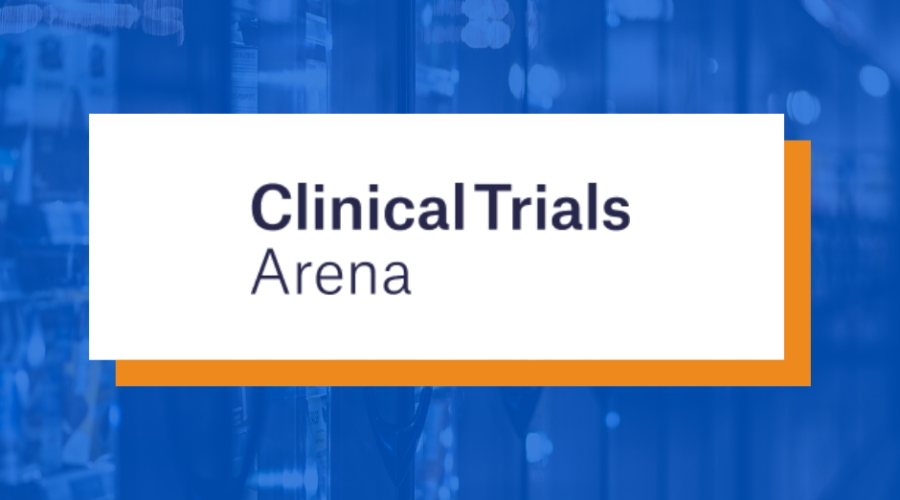Une victoire pour les consommateurs après la défaite de l’interdiction du plastique de Trudeau

POUR DIFFUSION IMMÉDIATE | 17 novembre, 2023
OTTAWA, ON. – Ce jeudi, la Cour fédérale a rendu sa décision qui mettra fin au plan du gouvernement Trudeau d’interdire des articles en plastique à usage unique à la fin de 2023.
La Cour est concise sur le fait que le plan était à la fois excessif et manquait de mérite « le décret et l’inscription correspondante des articles manufacturés en plastique sur la liste des substances toxiques de l’annexe 1 sont à la fois déraisonnables et inconstitutionnels, » conclut-elle.
Yaël Ossowski, directeur adjoint de l’Agence pour le choix du consommateur, réagit :
« Les consommateurs devraient être ravis que ce plan de Trudeau touche à sa fin. L’interdiction du plastique n’était qu’une tentative musclée visant à priver les consommateurs et les entreprises d’un bien essentiel à la vie quotidienne.
« Comme nous l’avons décrit dans notre tribune dans Le Journal de Montréal en janvier 2021, ce plan a compliqué les efforts légitimes des entrepreneurs de créer des alternatives à la fois à l’innovation et au recyclage du plastique, » dit Ossowski.
« C’est grâce au génie québécois que nous puissions nous débarrasser de plastique de façon responsable, et non grâce à une prohibition du gouvernement fédéral. Au lieu de laisser les provinces gérer leurs approches et les innovateurs trouver des solutions efficaces, le gouvernement fédéral a choisi la voie paresseuse de l’interdiction pure et simple de certains produits. Cela nuit à tout le monde, et particulièrement à nous tous, consommateur.
« Nous applaudissons la décision de la Cour fédérale, » conclut Ossowski.
Contact
Yaël Ossowski, directeur adjoint
L’Agence pour le choix du consommateur
L’Agence pour le choix du consommateur représente des consommateurs dans plus de 100 pays à travers le monde. Nous surveillons de près les tendances réglementaires à Ottawa, Washington, Bruxelles, Genève, Lima, Brasilia et dans d’autres points chauds de réglementation et informons et activons les consommateurs pour qu’ils se battent pour le #ChoixduConsommateur. Apprenez-en davantage sur consumerchoicecenter.org.











